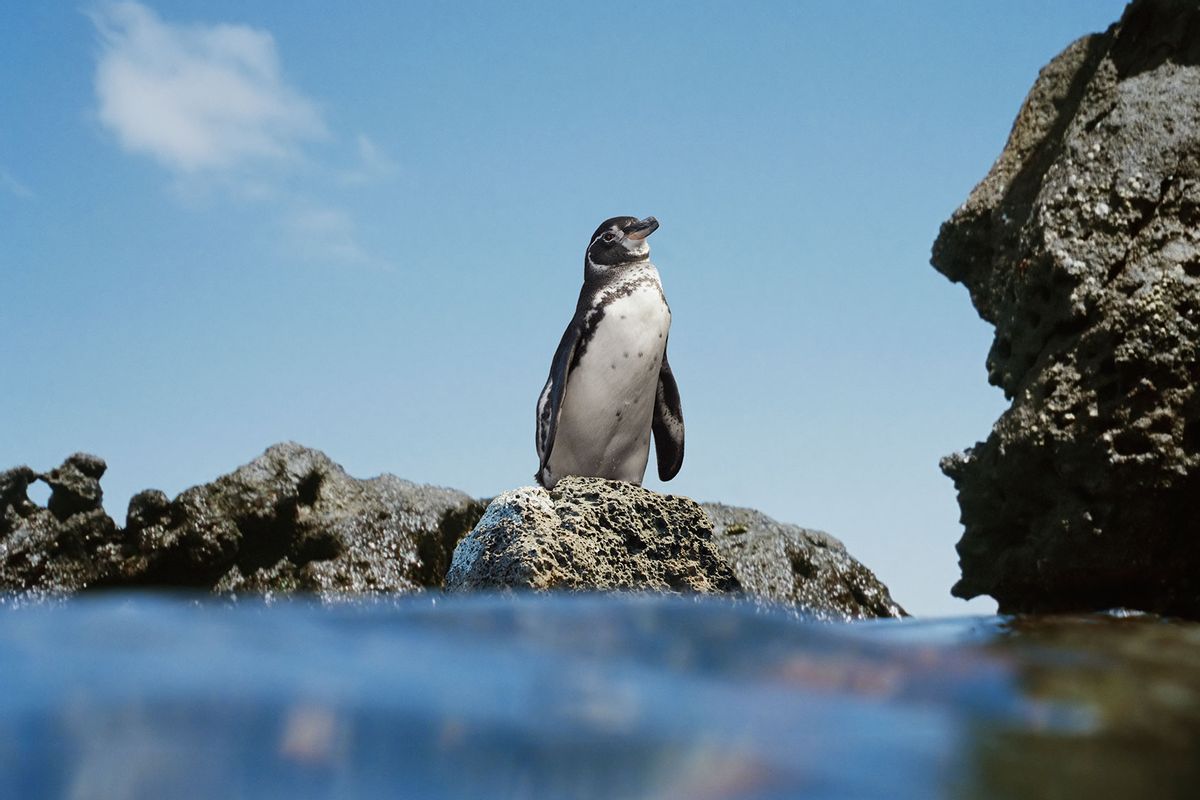Microplastics, or plastic particles five millimeters or less across or in length, are so prevalent that they have been spotted all over the world. Tiny plastic flecks and specks have been spotted from the ocean's deepest point, the Mariana Trench, to the pristine reef area of the tiny, remote island republic of Palau. Now a recent study in the journal PLOS One reveals yet another location where microplastics have been identified — inside the bodies of Galápagos penguins (Spheniscus mendiculus), which are endangered birds.
These dignified-looking and endangered penguins, which are native to the Galápagos Islands off the coast of Ecuador, are vulnerable because of how microplastics accumulate in the Galápagos Islands food web. The research, led by scientists from the University of British Columbia, employed sophisticated computer models using data from both islands near populated areas and islands in areas where penguins tend to reside, tracing the evolution of microplastic particles as they make their way through the penguin's native environment. In doing so, they found that there is a rapid increase in microplastic accumulation and contamination throughout the Galápagos Islands food web until roughly the fifth year of an organism's life; then the uptake began to increase more gradually before finally plateauing.
The authors noted that, of the wide spectrum of species studies, the Galápagos penguin showed the highest level of microplastics per biomass. They were followed by a number of fishes that are common consumed by these penguins, including barracuda, anchovy, sardine, herring and zooplankton. The study also raises many questions, such as, how microplastics in food webs relate to the excretion and elimination rate of the affected species, "with particular attention on egestion rates and GI tract retention times, physical-chemical characteristics of retained microplastics, and ecotoxicological health effects. Future modelling work should explore different interactions with microplastic at the primary consumer level."

Shares